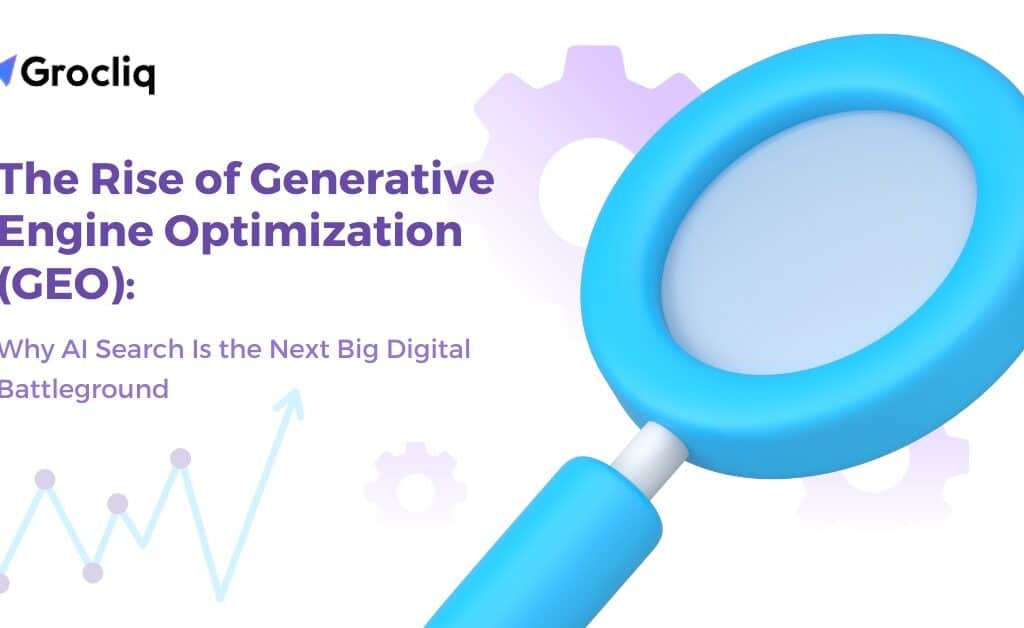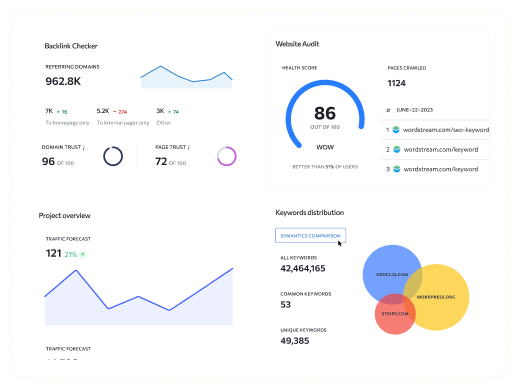Welcome to the world of B2B SaaS onboarding! Whether you’re a seasoned professional or just dipping your toes into the realm of software as a service (SaaS), understanding the intricacies of onboarding is crucial for success. In this guide, we’ll walk you through the fundamentals of B2B SaaS onboarding, how it impacts customer churn, and strategies to improve retention.
What is B2B SaaS Onboarding?
B2B SaaS onboarding is the process of guiding new customers through the initial steps of using your software product. It’s the crucial first impression that sets the tone for the entire customer journey. Effective onboarding ensures that users understand the value of your product, can navigate its features, and ultimately achieve their desired outcomes.
Why is Onboarding Important for Customer Retention?
Onboarding plays a pivotal role in reducing customer churn and improving retention rates. A seamless onboarding experience increases customer satisfaction, builds trust, and fosters long-term relationships. It sets the foundation for continued engagement and loyalty, reducing the likelihood of customers abandoning your product prematurely.
Key Elements of B2B SaaS Onboarding
- Personalized Guidance: Tailor the onboarding experience to each customer’s unique needs and objectives. Offer personalized guidance and support to help them get started with your product effectively.
- Clear Communication: Clearly communicate the value proposition of your product and provide step-by-step instructions on how to use it. Avoid overwhelming users with excessive information and focus on delivering key messages concisely.
- Interactive Training: Incorporate interactive training materials such as tutorials, walkthroughs, and video demos to engage users and facilitate learning. Interactive elements enhance user understanding and retention of information.
- Progress Tracking: Implement tools to track user progress during onboarding and identify areas where users may be struggling. Proactively intervene to address issues and provide assistance to keep users on track.
- Feedback Loops: Encourage users to provide feedback during the onboarding process to gather insights into their experience and areas for improvement. Use feedback to iterate and optimize the onboarding experience over time.
Strategies to Lower Customer Churn and Improve Retention
- Streamline Onboarding Processes: Simplify the onboarding process to minimize friction and reduce the time it takes for users to derive value from your product. Remove unnecessary steps and focus on guiding users towards their desired outcomes efficiently.
- Offer Ongoing Support: Provide ongoing support beyond the initial onboarding phase to address any questions or challenges users may encounter. Offer multiple channels of support such as live chat, email, and knowledge base articles to accommodate different preferences.
- Promote Product Adoption: Encourage product adoption by highlighting key features and functionalities that align with users’ goals. Showcase real-world examples of how your product can solve specific pain points and add value to their business.
- Invest in Education: Invest in educational resources such as webinars, workshops, and certification programs to empower users with the knowledge and skills they need to succeed with your product. Position yourself as a trusted advisor and partner in their journey.
- Monitor Customer Health: Continuously monitor customer health indicators such as usage patterns, engagement levels, and feedback sentiment to identify customers at risk of churn. Proactively reach out to these customers to understand their concerns and offer solutions to address their needs.
FAQs
Q1: How long should the onboarding process be?
A1: The ideal length of the onboarding process varies depending on the complexity of your product and the needs of your customers. Aim to strike a balance between thoroughness and efficiency, focusing on guiding users towards achieving their desired outcomes as quickly as possible.
Q2: What role does customer feedback play in the onboarding process?
A2: Customer feedback is invaluable in shaping and improving the onboarding experience. Solicit feedback from users at various stages of onboarding to identify pain points, gather insights, and make informed decisions to enhance the overall experience.
Q3: How can I measure the effectiveness of my onboarding process?
A3: Key metrics for measuring the effectiveness of your onboarding process include time to value, user activation rates, and customer satisfaction scores. Track these metrics over time to gauge the impact of your onboarding efforts and identify areas for improvement.
Q4: How can I personalize the onboarding experience for different customer segments?
A4: Segment your customers based on factors such as industry, company size, and usage behaviour, and tailor the onboarding experience to meet the specific needs of each segment. Use targeted messaging, personalized training materials, and customized workflows to deliver a tailored experience that resonates with each customer segment.
Q5: What are some common pitfalls to avoid in B2B SaaS onboarding?
A5: Common pitfalls to avoid in B2B SaaS onboarding include overwhelming users with too much information, neglecting to provide ongoing support beyond the initial onboarding phase, failing to iterate and optimize the onboarding experience based on customer feedback, and lacking clear communication about the value proposition of your product. By addressing these pitfalls, you can create a more effective and engaging onboarding experience that drives customer success and retention.





